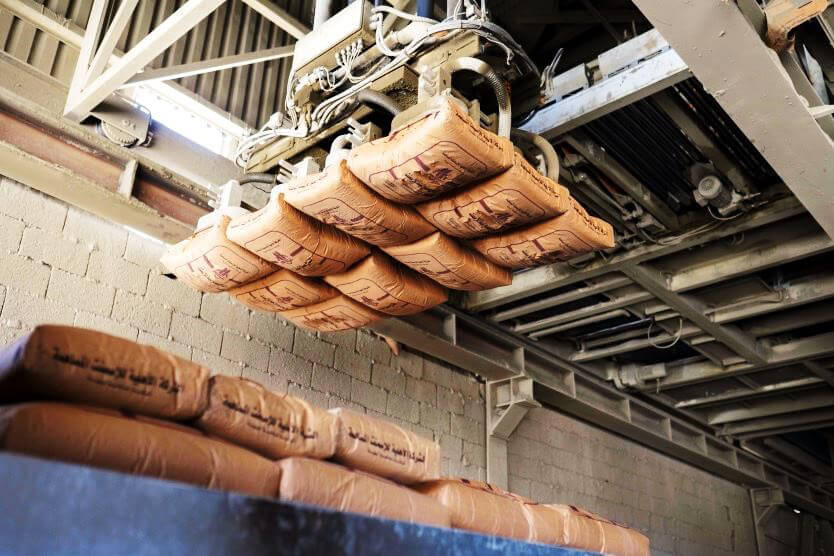Stages of
Cement Manufacture
Cement is an artificial material created by heating raw materials and transforming them into a new synthetic substance. When water is added, cement becomes a soft material with cohesive and adhesive properties, allowing it to bind together the components of concrete.
The main components of cement are limestone (making up around 79%), clay (around 19.50%), and corrective materials such as iron ore (approximately 1.50%). The actual percentages may vary depending on the chemical composition of the raw materials used.
The basic components of cement
Limestone
which represents about
%
79
Clay
which represents about
%
19
50
Corrective Materials
(iron ore)
Approximately
%
1
50
This percentage is approximate and depends on the chemical composition of the raw materials.
How is Cement Produced in our Cement Plants
There are several stages in the cement production process
Quarries
extraction of raw materials
Raw materials are extracted from quarries for cement production. Exploration methods include blasting, dredging, and scraping.
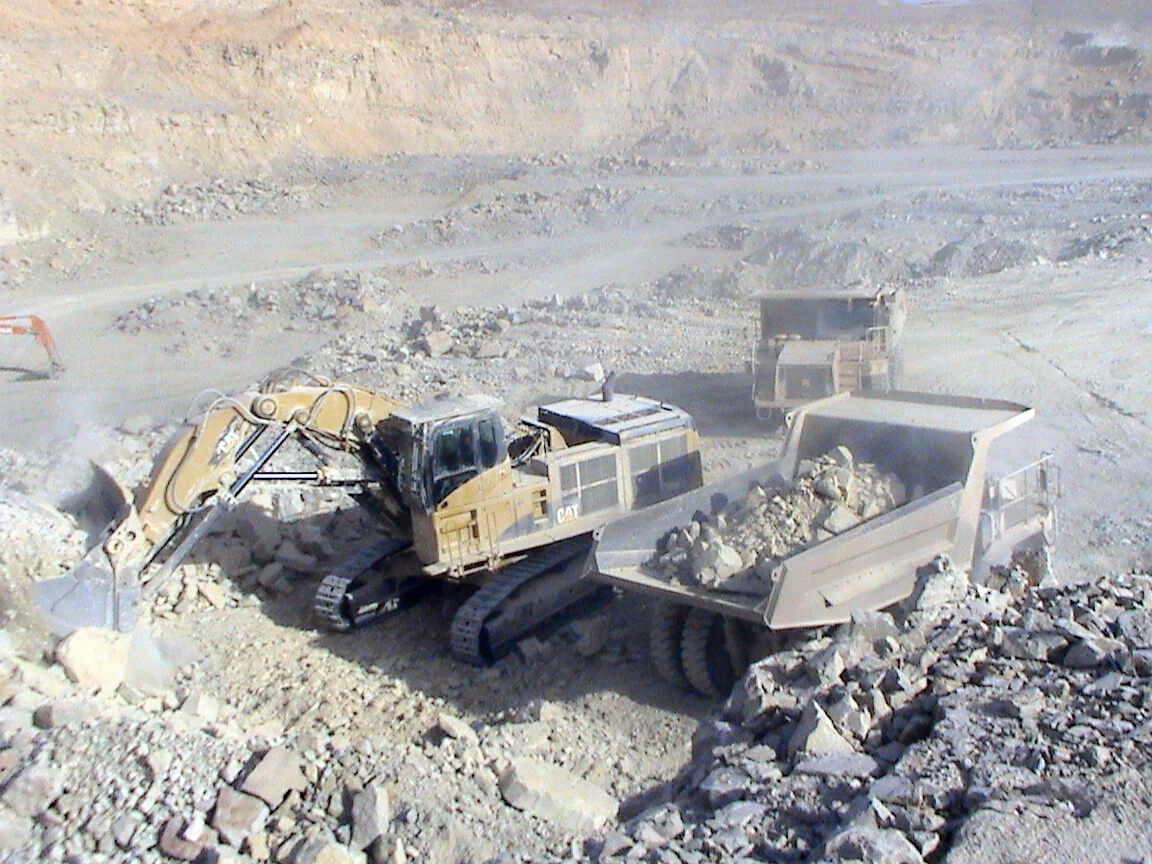
Crushers
crushing raw materials
These machines break raw materials down into sizes suitable for grinding.
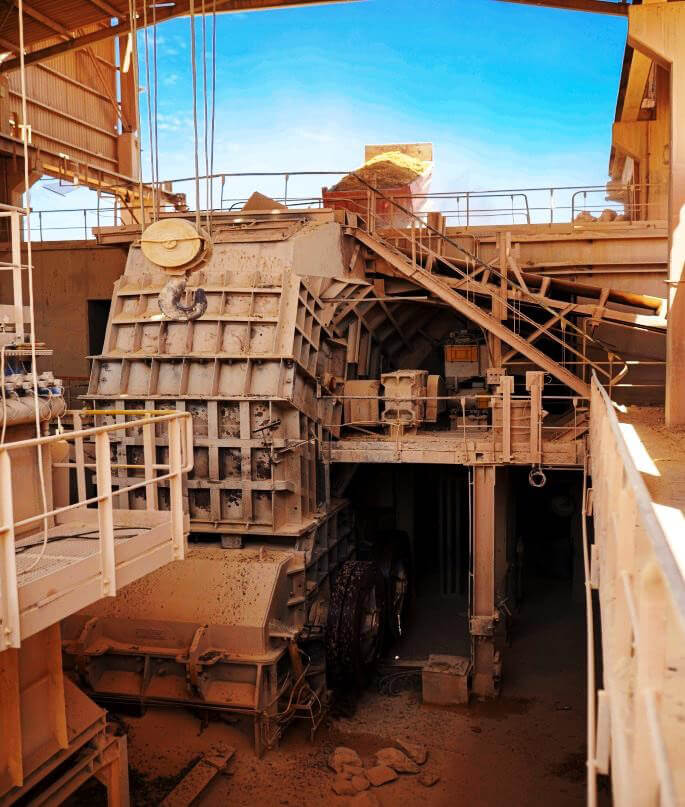
Raw Material Mill
raw material grinding
Raw materials are crushed and ground to the required fineness before being transported to the homogenizing silos for the burning process.
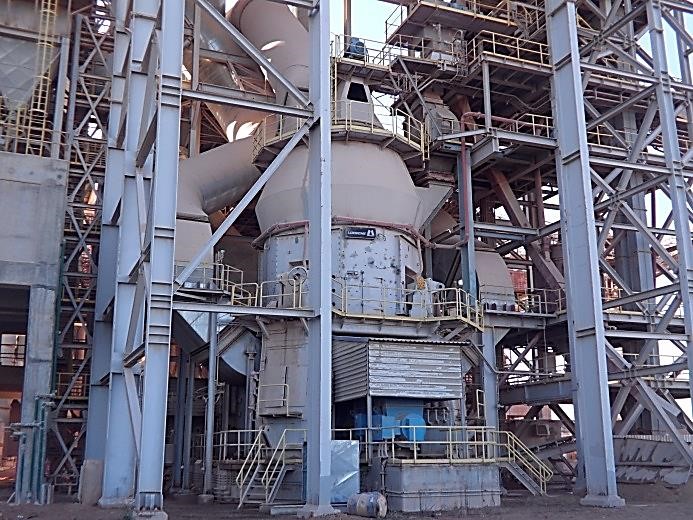
Rotary Kiln
raw material burning
Soft raw materials are burned inside the rotor of the kiln to produce clinker at high pressures and temperatures.
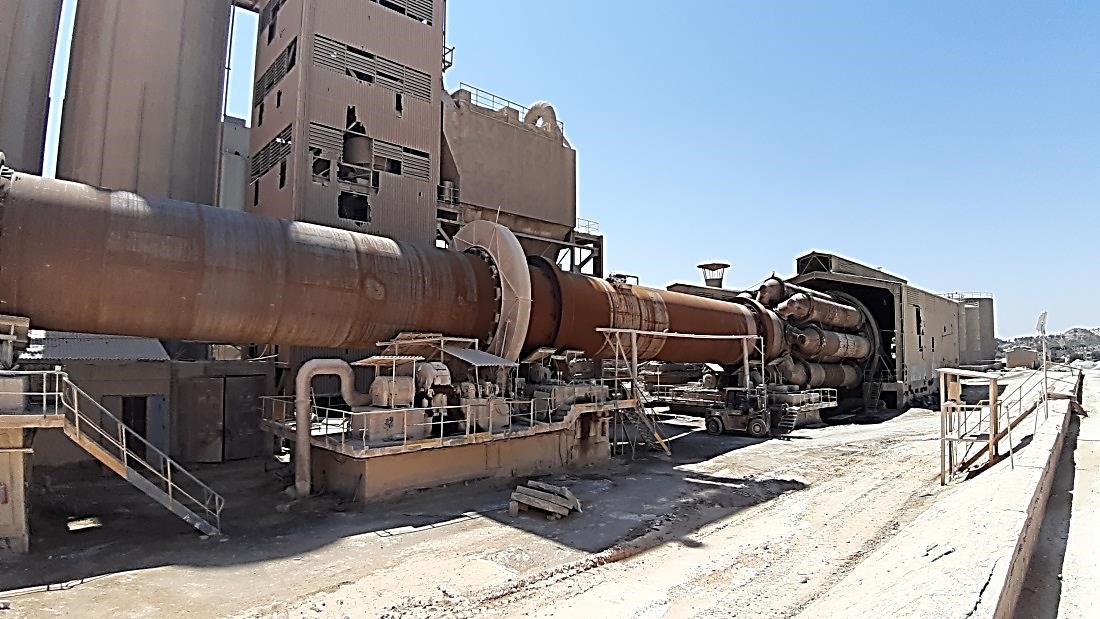
Cement Mill
clinker grinding (burning product)
with the addition of gypsum
Clinkers are ground in cement mills with a limited proportion of gypsum added to prevent hardening of concrete.
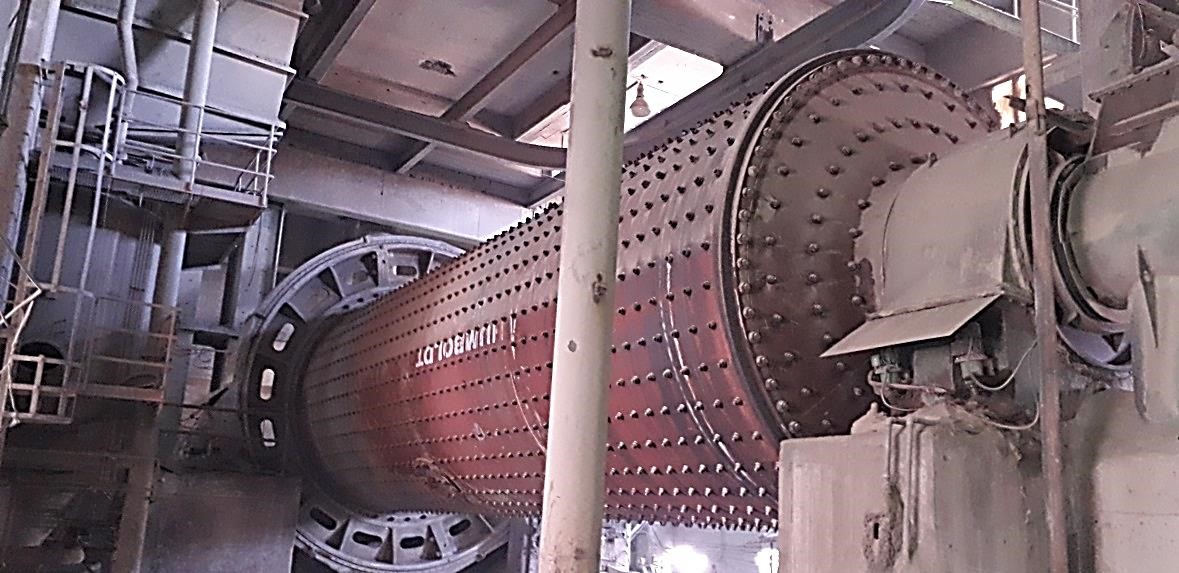
Packing
After cement is pushed from silos, it is packed into 50 kg bags using rotary packing machines.
